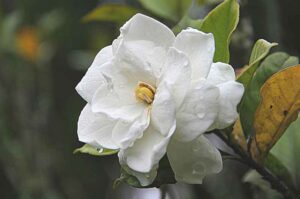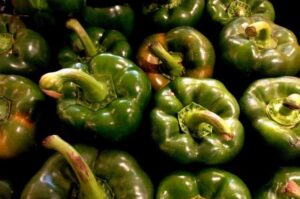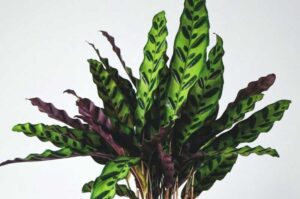Do plants grow at night – Impact of darkness on plant growth

Do the plants grow at night? A simple, but interesting question. But many people are still confused about it. What do plants do at night, do they sleep just like humans, or do they grow at night? To know about the answer read the complete blog post.
From our childhood, we were taught that plants need sunlight to prepare their food. They take CO2 and sunlight from the atmosphere and prepare their food. So, it is obvious that their growth will be normal in the daytime. But what about the night. There is no sunlight available. So, do plants grow at night? Let’s start the discussion.
Do plants grow at night?
Yes, plants do grow at night. In some cases, the growth rate is higher as compared to growth in the day. If you want to know WHY, HOW then go through the complete blog post.
Before going to the details of the answer, you must know the difference between photosynthesis and plant respiration. It will make you understand the subject better.
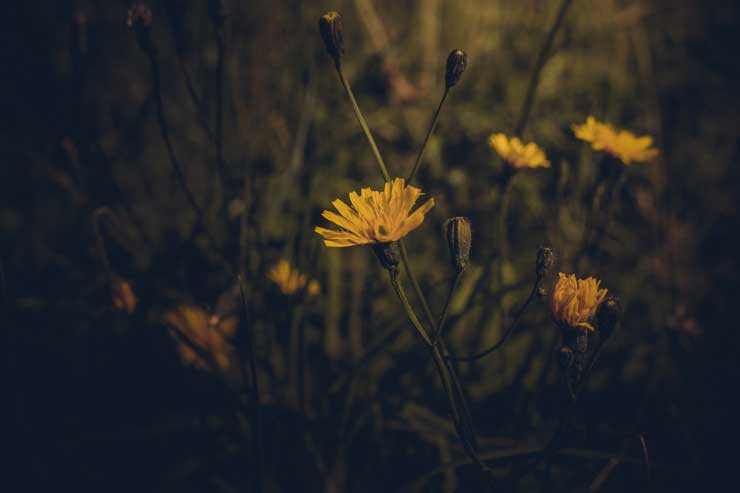
Photosynthesis and plant respiration
Photosynthesis is a process in which plants use sunlight and CO2 from the atmosphere and synthesizes energy in the form of glucose, which can be stored inside the plant tissue. The plants can use these stored glucose molecules anywhere anytime according to their need. So, for this process sunlight is compulsorily needed. Therefore, this process can only take place in day time only.
But respiration is a completely different process than photosynthesis. It uses the glucose molecules generated in photosynthesis and oxidizes them to produce energy. For this process, O2 is used. In simple words, respiration is a process in which the stored glucose molecules burn, in the presence of O2 to yield energy required for plant growth and development.
By understanding the above two paragraphs in detail now you come to know that, for glucose production sunlight is compulsorily needed. But for energy production sunlight is not compulsorily needed, provided that glucose molecule is plentily available in the stored form, inside the plant tissue.
In the daytime, the plants carry out photosynthesis and produce glucose molecules and O2. Glucose is stored inside the plant tissues and O2 is released into the atmosphere. But the respiration process is continuously happening day and night, using the glucose molecules. So, energy is generated both in the day as well as night. Therefore, the plant will also grow at night.
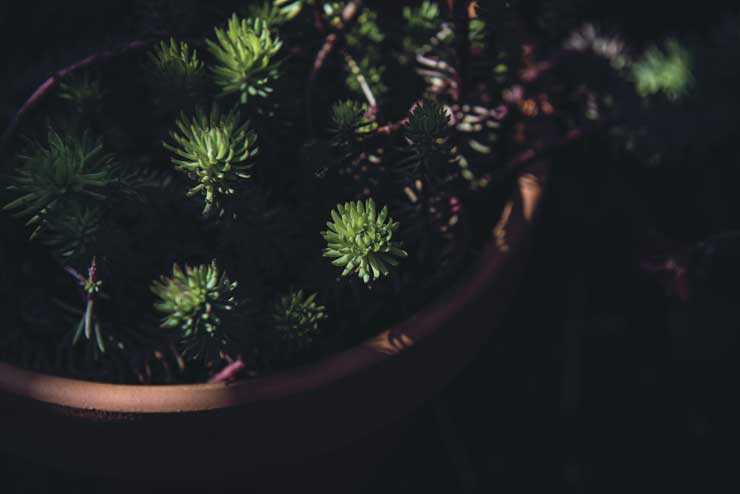
The growth rate of plants at night
You must be surprised to know that the growth rate is higher at the night as compared to the day. This is due to some hormonal effects. Let’s discuss this in detail.
You have noticed that when the plant receives some shade on its body, that particular body parts elongate so that it could receive enough amount of sunlight. This due to the hormonal biosynthesis of the plant.
When any plant part receives shade, the plant releases some growth hormones at that part and helps that particular plant part to grow and overcome the shade to receive some amount of sunlight so that the photosynthesis can continue.
Due to this type of growing tendency of the plants, they grow at a much higher rate at night.
Short Day Plant VS Long Day Plant
If you are quite frequently reading about plants you must have come across these two terms, the Short Day Plant and the Long Day Plant. Sometimes you have also heard about the Day-neutral Plant. So, what are they?
Based on the day length plants require to induce flowering, the plants are classified into 2 categories. The Short Day Plant and the Long Day Plant. Previously it was believed that the day length is the important criterion. But later it was understood that the night length or the length of the dark period is the most important criterion for this type of classification.
Short Day Plants require more than 12 hours of darkness period to induce flowering. Similarly, the long-day plants require a darkness period of fewer than 12 hours for flower initiation. The day-neutral plants do not have such type of critical darkness requirement. They are independent.
If the dark period is interrupted by any type of light the flowering is hampered. Therefore, you should keep your indoor plants under complete darkness if you want them to induce flowering. The time duration depends on the fact that whether your plant is a short-day plant, a long-day plant, or a day-neutral plant.
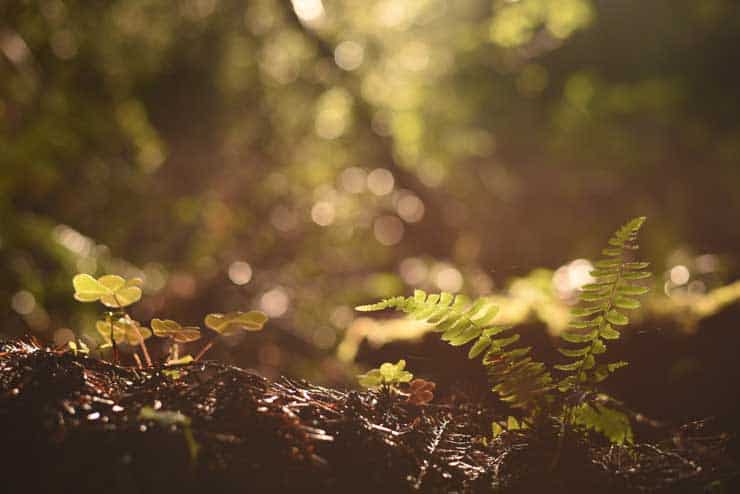
Conclusion
After knowing about the importance of night and darkness for your plant, now I hope you will take care of your plants with no difficulty. Plant growth and its flowering have a major impact on the length of darkness it is receiving. Now you never need to ask the question- “Do plants grow at night”.

